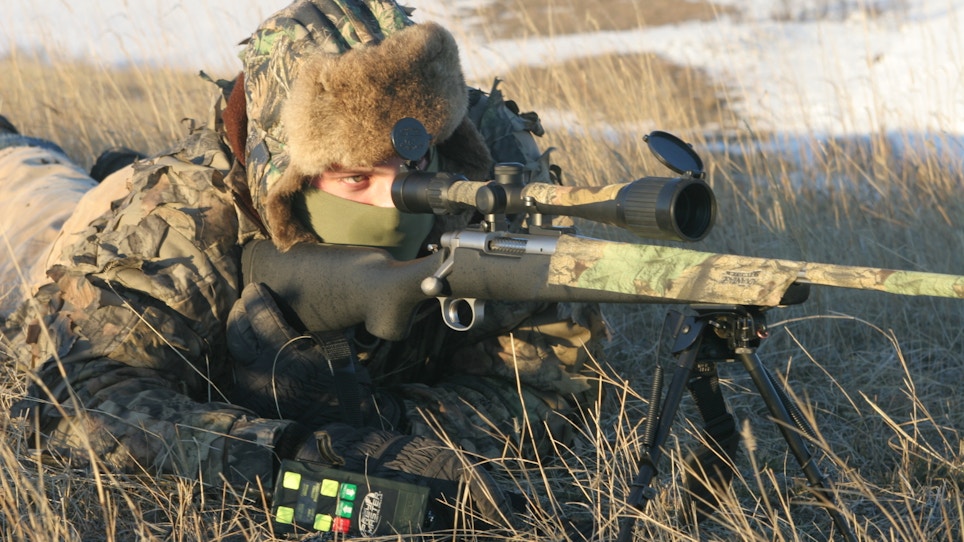You don’t have to worry about finding a camouflage pattern to match the specific environment you plan to hunt. There are more camouflage patterns on the market today than ideas on how to fix the country’s lagging economy. Pick the pattern that best fits your backdrop and then focus on the main element predators pick up on: movement.
Besides a precise camouflage pattern for you and your equipment, you’ll need to camouflage your movement as predators approach. Regardless of how well you plan and execute a setup, you can never be sure of how a predator will approach your stand. Sometimes they slip in exactly where you surmised and you barely have to adjust the aiming point of your firearm.More than likely they’ll show up in a flash from an unanticipated corner of your peripheral vision requiring you to make a huge move. If you execute that move with all of the grace of a person floundering in quicksand, then your success will suffer.
When on stand, move only when necessary and do it at a snail’s pace if a critter is in eyeball view of you. As noted, predators rarely come straight in as anticipated. You’ll likely be forced to move your rifle at least once, and probably more, while waiting for the shot. Setting up with the wind in your face and predators arriving from an upwind direction almost guarantees they’ll make a big, broad swing that could include 180 degrees of motion depending on their starting point.
Predators swinging wide on you actually can be a good thing if you’ve set up for this anticipated motion. If provides windows of opportunity for predators to disappear behind terrain or vegetation as they swing. Use this to your benefit. As a predator passes behind the structure it veils your movement as it blocks their vision. A small hill allows you to swing and adjust with leisure. A tree trunk requires fast action on your part as the predator’s eyesight is only cloaked for seconds. You may have to adjust for an instant shot after the move or plan ahead and look for a wide shooting lane you can utilize in the suspected travel route of the critter.
What’s the answer if you happen to be hunting in Gobi-desert-like habitat with little or no cover to cloak movement? That’s when you need to time your movement to the movement of the predator. If a coyote or bobcat beings trotting or slinking they’ll focus some, or most of their attention to the route ahead. This means that they’ll be focused forward and if they are circling it should take their eyes off of you. As soon as they take off with eyes away from you make your move slow and deliberate. Stop movement when they stop to survey and begin moving again when the move. I’ve followed this strategy my entire hunting career and rarely do I get caught, even on big game.
Lastly, don’t wait until the last minute to make your move. The closer a predator gets to your location the higher the probability it will see your shooting adjustment and switch from a casual entrance to a fast, and furious escape.
Camouflage works great to hide a stationary form like you, but you have to be savvy when it comes to camouflaging your movement. Follow these tips and you should be able to disappear even while moving.






